Choosing your moisturizer can be a difficult process.
The beauty section is full of moisturizers for different skin types, and you’d think you’d be fine picking one that matches your skin type. But I’m sure many of you have had the annoying experience of taking a moisturizer home that’s supposed to be right for you, then finding that it’s just… wrong.
What can you do?
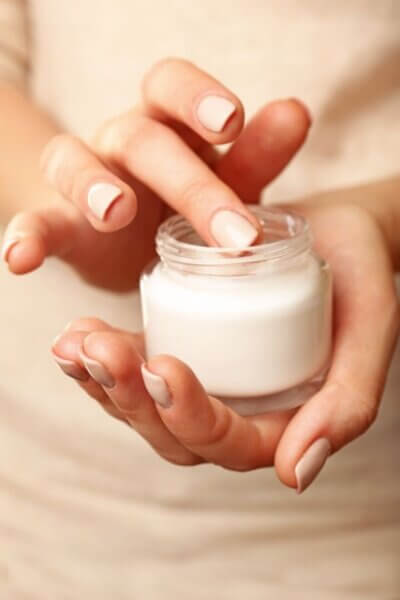
The most foolproof way to improve your chances of picking a suitable moisturizer, in my opinion, is to learn to how read an ingredients list. While sometimes ingredient lists can be misleading in skincare, I’ve found them very useful for picking appropriate moisturizers!
But first, you need to work out your skin type and skin conditions.
Here’s a very quick guide – there’s a more comprehensive discussion on the process of letting your skin reset and checking what your skin type and conditions are in my eBook, The Lab Muffin Guide to Basic Skincare.
Related Post: The Lab Muffin Guide to Basic Skincare
Skin types: Dry vs oily
Dry and oily are skin types. This differentiation is all about the natural oil your skin secretes, mostly from your pores (this is also known as sebum). Dry skin lacks oil, oily skin has too much oil.
Signs you have dry skin:
- frequent tight feeling, especially after washing
- you are prone to powdery flaky patches of skin, redness and loss of elasticity
- your skin is frequently dull
- premature lines
- no visible pores
- you need to apply moisturizer at least once a day
- powder foundation doesn’t work well on your skin
Signs you have oily skin:
- your skin is frequently shiny
- you are prone to blackheads and pimples
- you have big pores
- you can go without daily moisturizer without a skin freakout
- you are a fan of powder makeup and blotting tissue
If your skin has none of these problems, then you have “normal” skin – you lucky thing!
You can also have combination skin like me. That’s when parts of your face are dry, while other parts are oily. Usually it’s dry cheeks and oily T-zone – that’s your forehead, nose and chin. You probably identified with parts of both lists!
Unluckily for us combo skin owners, we may need different skincare products for the two areas.
Skin type is usually quite stable over time, since it’s largely determined by internal factors like genetics and hormones. External factors like temperature, climate and air conditioning or heaters can have a small impact too, so your skin may have different needs throughout the year.
It’s possible for your skin type to change slowly over time. For example, between childhood and adolescence, most people’s skin will become oilier. It might then become drier once you leave your teenage years. As people grow older, their skin tends to produce even less oil, becoming drier.
Skin conditions
There are also skin conditions, which are more changeable aspects of our skin that can fluctuate over time.
They can be influenced by environmental factors like the weather and which skincare products you’re using. Internal factors also contribute to how prone your skin is to these conditions.
Dehydrated vs hydrated
Both skin types can also be dehydrated, and both can be hydrated. Hydrated skin is always good!
Hydration refers to the amount of water in your skin. Dehydrated skin is lacking in water. It’s often confused with dry skin, which is when it’s lacking in oil.
You can have dry and dehydrated skin, and you can even have oily and dehydrated skin – that’s when you have lots of oil, but not much water under the oil.
If you have oily and dehydrated skin, it might remind you a bit of cracked plastic that’s been out in the sun for too long, covered in a layer of grease. It feels like it’s somehow dry and oily at the same time!
The main features of dehydrated skin are:
- rough texture
- flakiness
- looks less smooth and “glowy”
- less plump with less bounciness
- feels tight
Dehydrated skin is largely a very temporary condition that can be reversed in a few hours. But some people can have skin that doesn’t retain water as well, so it’s more prone to becoming dehydrated with environmental changes.
Related post: Is Your Skin Dry or Dehydrated? And How to Treat It (with video)
Sensitivity
On top of these, your skin may be sensitive to certain ingredients, or just everything overall.
Signs of sensitivity include:
- redness (can be harder to see on darker skin)
- splotchiness
- itching
- stinging
- a “hot” feeling
- rashes
There’s a large genetic component to skin sensitivity, with many people having had sensitive skin all their life.
However, environmental factors can also change your skin barrier’s ability to, well, act as a barrier. That’s why when you overuse exfoliants, your skin can be hypersensitive to products that are normally fine – and this situation can last for weeks or months! Some people refer to this as sensitised skin.
Related: The Essential Guide to Exfoliation (free download)
Hyperpigmentation, acne, premature aging etc.
There are other skin conditions that can change your skin’s needs, like hyperpigmentation (dark spots), acne, premature aging – they’re usually better addressed with active ingredients rather than general moisturizers though. There’s more on these in The Lab Muffin Guide to Basic Skincare.
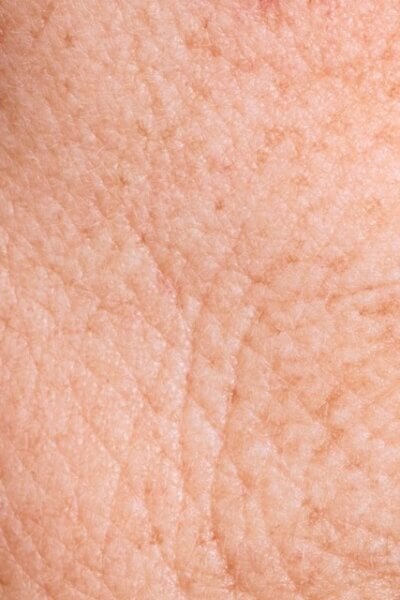
What ingredients to look for
Once you’ve narrowed down what your relevant skin type and skin conditions are, you can look for products that contain what your skin needs.
The main function of a moisturizer is to supply your skin with sufficient water or oil.
There are three types of basic moisturising ingredients that can do this:
- Occlusives seal in water
- Humectants hold water to the skin
- Emollients smooth out the skin’s structure, making it flexible and soft
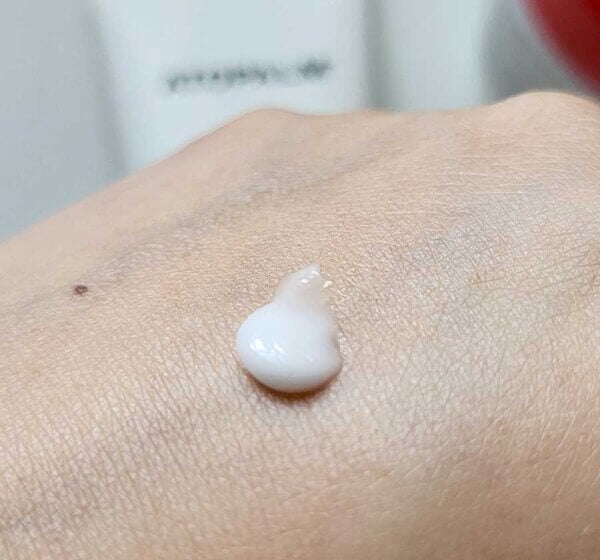
Examples of each type:
- Occlusives: Mineral oil, petrolatum (petroleum jelly), dimethicone
- Humectants: Glycerin, hyaluronic acid, urea, alpha hydroxy acids
- Emollients: Most natural oils, ceramides, fatty acids, squalene, squalane, alkanes
In general, occlusives and emollients tend to be oil-soluble ingredients, while humectant tend to be water-soluble. Many occlusives will have some emollient properties, and vice versa.
On top of this there are some active ingredients that can help the skin barrier rebuild itself to be more resilient. Some examples are niacinamide and plant oils rich in linoleic acid.
Related post: Skincare Oils and Free Fatty Acids: The Science (with video)
Best moisturizers for each skin type and condition
Now we can link these ingredients with your skin type and conditions that we identified earlier!
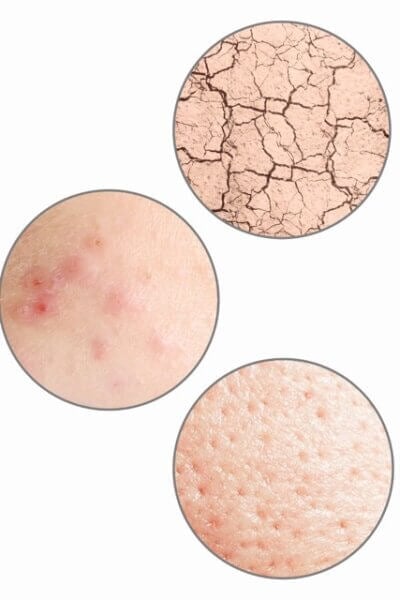
Dry skin needs more emollients and occlusive ingredients to boost the amount of oil present. They’ll also help reduce water evaporation, along with humectants – essentially, dry skin needs all the things!
Recommendations for dry skin:
- CeraVe Moisturizing Cream
- Cetaphil Moisturizing Cream
- First Aid Beauty Ultra Repair Cream
- Etude House Soon Jung 2x Barrier Intensive Cream
- Embryolisse Lait-Creme Concentre
- La Roche-Posay Lipikar Balm
Oily skin might not even need a moisturizer. When it’s needed (e.g. when it’s dehydrated), something water-based with humectants and some light emollients and occlusives may be good. Heavier occlusives and emollients can be used at night, but they’re probably a bit too shiny for daytime use.
Recommendations for oily skin:
- Neutrogena Hydro Boost Gel Cream
- Cetaphil Deep Hydration Healthy Glow Daily Cream
- Lagom Cellus Deep Moisture Cream
- Heimish Watermelon Moisture Soothing Gel Cream
- Bioderma Hydrabio Gel-Creme
Combination skin might need to use a product tailored for dry skin on dry areas (usually the cheeks and jawline), and a product tailored for oily skin on oily areas (usually the T-zone: forehead, nose and chin). You might also be able to use a moisturizer for oily skin, and mix a few drops of oil into it for applying to the dry parts (or layer it under or over your moisturizer).
Face oils for dry skin (and dry areas of combination skin):
- The Ordinary Cold-Pressed Rose Hip Seed Oil
- The Ordinary Plant-Derived Squalane
- Trilogy Rosehip Oil
- Stratia Skin Fortify
On top of that, if you have one of the skin conditions mentioned, you might benefit from an extra product to supplement your moisturizer (although these functions can be included in a moisturizer too!).
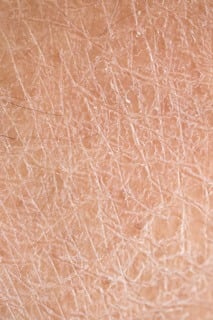
Dehydrated skin needs water, so it will benefit a lot from humectants. Occlusives are helpful too, while emollients may not be as useful (unless your skin is also dry). You may find that adding a humectant-rich hydrating toner or serum can be helpful.
Toners and serums for dehydration-prone skin:
- Klairs Supple Preparation Toner
- Cosrx Advanced Snail 96 Mucin Power Essence
- Hada Labo Lotion
- Indeed Hydraluron
- Jurlique Activating Water Essence
- Bioderma Hydrabio Serum
People with sensitive skin will want to find a product that suits their skin’s dry/oily and hydration status that doesn’t contain ingredients that irritate their skin. To narrow this down, you can compare the ingredient lists of products you reacted to and products which were fine. Fragrance allergy tends to be a common issue for people with sensitive skin, so fragrance-free products can be a safer option.
Additionally, barrier-repair ingredients can be particularly helpful for people with sensitive skin, whether innately sensitive or temporarily sensitised.
Products for barrier support:
- Paula’s Choice 10% Niacinamide Booster
- Illiyoon Ceramide Ato Concentrate Cream
- La Roche-Posay Cicaplast Baume B5
- Stratia Skin Liquid Gold
- Then I Met You The Giving Essence
Texture can also give clues about the moisturizer.
In general, the more solid a moisturizer feels, the more likely it is to be formulated for dry skin, with a blend of all three moisturizer types that may be quite heavy on occlusives and emollients. However, it’s possible to make runnier products with occlusive ingredients too! More watery “gel” formulas are likely to have less occlusives and emollients, and more humectants.
And of course, it’s always safest to try a sample for a few days before buying the full sized product!
If you want to learn how to deconstruct moisturizer ingredient lists, have a look at this post – it’s a bit tricky to pick up at first, but you’ll get the hang of it in no time!
Related post: How to read an ingredients list: Face moisturizers
For a more comprehensive guide to skin type and conditions, as well as choosing and using moisturizers (and a lot more!), check out The Lab Muffin Guide to Basic Skincare.
Some of these products were provided in the past for editorial consideration and review. This post contains affiliate links – if you decide to click through and support Lab Muffin financially (at no extra cost to you), thank you! For more information, see Disclosure Policy.
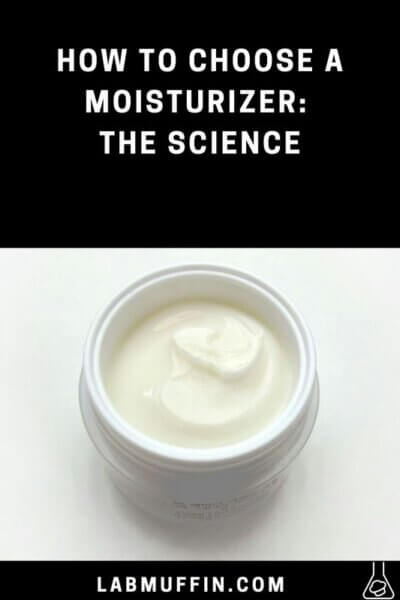
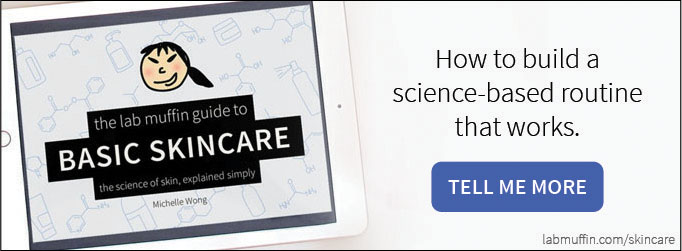
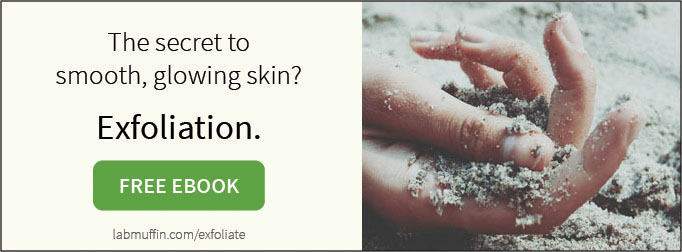
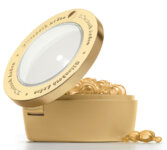


This was super helpful thanks! 🙂
Sheri | Behind The Frames
I love these sorts of posts! I look forward to the deconstructing ingredients post.
Will be good to see the lists. I have combo skin too and haven’t found a moisturiser I love yet.
Thank You Michelle for this amazing post, so clear, so helpful!!!
Do you know why propylene glycol sometimes is advised to be avoided or classified as an irritant?
since I have dry dehydrated skin, do you recommend me getting all three moisturizezing ingredients?